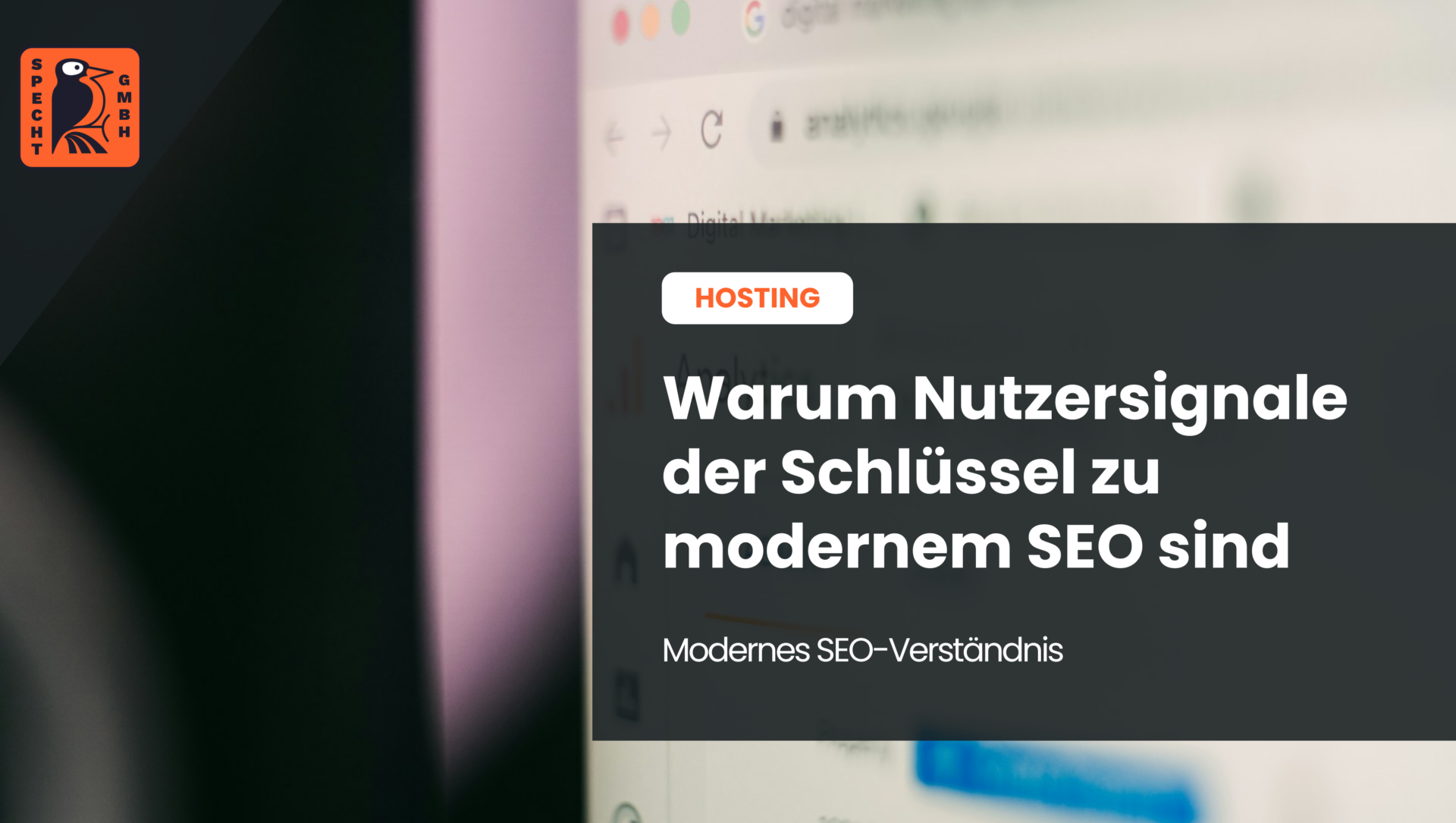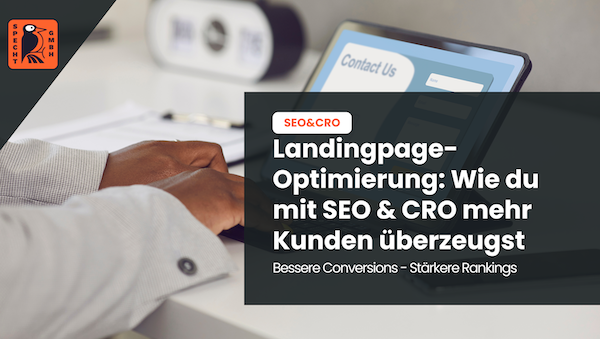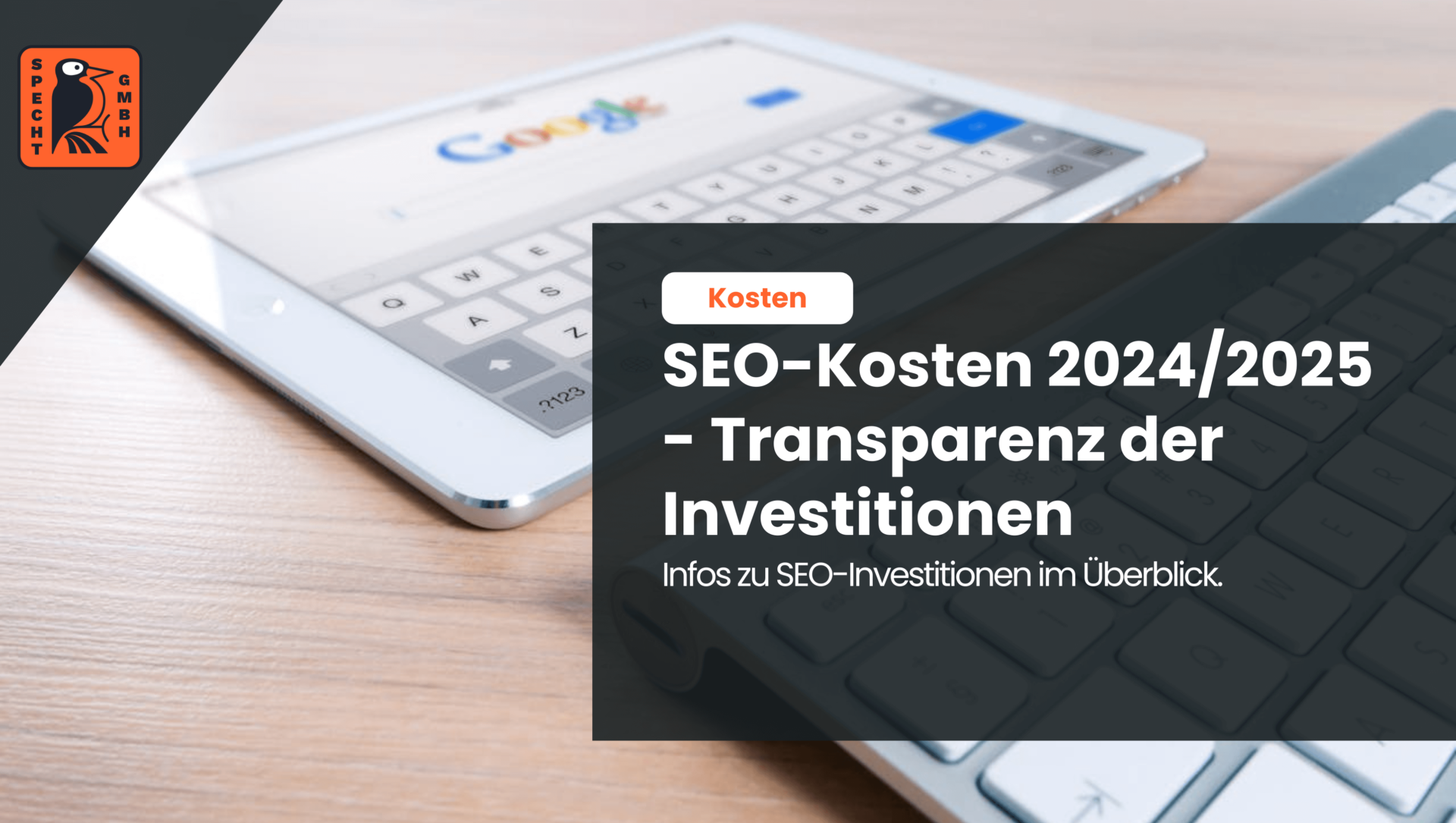In a nutshell: What is a permalink?
Equipping a website with a permalink instead of a dynamic URL ensures that this page is always accessible under a specific URL. This means that backlinks to third-party websites always work and the URL is permanently citable. Due to these properties, the use of permalinks is often integrated into search engine optimization (SEO) strategies.
Dynamic link or permalink? Permalink usually wins!
A dynamic link changes. A good example is news sites and blogs whose content is constantly updated: If new content is published regularly under the link "http://www.blog-beispiel.com/aktuelles", there is no permalink. The assignment of a dynamic link makes sense in these cases.
The situation is different for news pages and blogs, where content from specific time periods is grouped together under one URL. All web pages created in one month, for example, can then be gathered under one URL that references the content from that month. Since the content from that month does not change, the content under the URL remains the same and a permalink can be used.
Ultimately, the decision for or against the use of permalinks depends on the URL structure and the concept of the online presence. Over the last few years, permalinks have become increasingly important because they are beneficial for long-term link building. The set internal links between the subpages of one's own website as well as the backlinks received from other websites remain constantly up to date when using permalinks and there are no dead links.
-
Free
SEO strategy meeting
In a free SEO strategy talk, we uncover untapped potential and develop a strategy to help you become more successful on Google.

- More organic visibility
- More organic visitors to your website
- More inquiries & sales
The importance of a good URL structure: About talking permalinks and click depth
A good URL structure is essential for a successful online presence. The sitemap of a website is a symbol for the URL structure. As the website's table of contents, it provides an overview of how all subpages are hierarchically structured and related to one another. The flatter the hierarchies are, the more subpages the search engine crawlers can examine during a visit to the website; this is because the crawl budget is limited.
It is said that you should define URLs that go over a maximum of 3 directory depths. This recommendation also applies to permalinks. As an example, consider a website with several categories and hierarchically structured subpages below them:
- The main page, i.e. the domain and thus the URL of the start page, is the first directory depth: https://www.ernährung-beispielwebsite.de/
- This is followed as the second directory depth by one of the categories that deals with a specific sub-topic and thus organizes the contents of the website in a thematically meaningful way: https://www.ernährung-beispielwebsite.de/ernährungstrends/
- Next is one of the articles that belongs to the mentioned category. This page is located in the third directory depth and is named as follows: https://www.ernährung-beispielwebsite.de/ernährungstrends/low-carb
A URL structure with a maximum of three directory depths is not feasible for every web project. Larger platforms, encyclopedias and comparison portals often work with more directory depths. The disadvantage that this quickly uses up the crawl budget is offset by the large amount of content and multiple internal links, among other things. If, on the other hand, the possibility exists, the low directory depth is preferred in online marketing and especially in OnPage SEO.
The flat hierarchy of the web pages also has advantages for users: website visitors find it easier to click through the website content and they gain a more compact impression of the topics. In addition - if you create a logical structure and it is reflected in each URL - users will find it easier to find their way around and categorize URLs by topic. URLs that reveal something about the content of a page and its thematic classification are called "talking URLs".
Talking URLs are popular among users and search engine algorithms alike and play a role in search engine optimization that should not be underestimated. Taking up the example from the list from the beginning again, it is noticeable that every URL has something to say:
- https://www.ernährung-beispielwebsite.de/ -> Diese URL verrät das Thema der gesamten Domain. Es geht um Ernährung.
- https://www.ernährung-beispielwebsite.de/ernährungstrends/ -> Aus dieser URL lässt sich schlussfolgern, dass in der Kategorie – als ein Sub-Thema – mehrere Ernährungstrends erläutert werden.
- https://www.ernährung-beispielwebsite.de/ernährungstrends/low-carb -> Jeder Nutzer und jede Suchmaschine merkt bei dieser URL, dass der Inhalt von dem Ernährungstrend „Low-Carb“ handelt.
Through this structure together with the terms "nutrition", "nutrition trends" and "low-carb", users and search engines not only learn useful things about the respective sub-page, but can draw conclusions about a topic branch or a part of the entire website.
- I am one of the leading SEO experts in Germany
I am known from big media such as Stern, GoDaddy, Onpulson & breakfast television and have already worked with over 100+ well-known clients successful on Google.
Google rating
Based on 185 reviews
Trustpilot rating
Based on 100 reviews
In online marketing and OffPage SEO, permalinks are a must!
The term "permalink" is a portmanteau of "permanent" and "hyperlink". As such, the term states what is most important about a permalink: the hyperlink is permanent - that is, permanently available.
Due to the permanent availability, so many years can still pass: Users will always find the relevant content under the link. For example, they can bookmark the respective web page, come back after 3 months and make a purchase or perform another action via the web page. So, through the permalink, the website owner exploits more customer and conversion potential.
The permalinks are a must in connection with the OffPage SEO; here specifically with the backlinks. In online marketing, buying, renting and exchanging backlinks are frequently used principles to improve the organic ranking of web pages. Backlinks are by far the most effective measure of OffPage SEO and at the same time almost the only one.
If changes are made to links, then the backlinks will no longer function. Considering the great added value for online marketing that backlinks provide, their permanent availability and long-term functionality should be ensured. If the link no longer functions, it is a "broken link" or "dead link". This has the consequence that the link juice received via this link is lost. With a permanent link, this problem does not occur - provided that all other technical criteria for the functionality of the link are given.
Conclusion: What is a permalink?
Permalinks are permanently available. They should be used by website operators for most URLs. The use of dynamic links is only recommended for websites whose content is constantly being changed. Optimal are permalinks that fit into logical URL structures of websites with a low directory depth. If the permalinks also contain a link text that allows conclusions to be drawn about the website structure and the content of the accessed website, these are high-quality permalinks in the sense of online marketing and search engine optimization.






